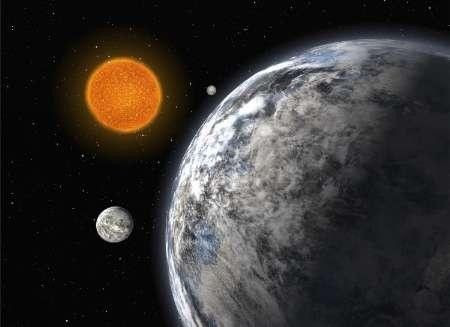Great Acceleration In Human Activity Has Put Humanity In The Danger Zone: Study

A new paper by 18 researchers have come to the conclusion that the Earth, in the next few decades, would not be a "safe operating space" for humans and humanity. The researchers looked into the breaking points in the world while conducting their research. The paper was published in the journal Science, a leading journal containing scientific research.
According to the Sydney Morning Herald, the paper suggests that four planetary boundaries namely, deforestation, extinction rate, the amount of carbon dioxide in the air and the circulation of nitrogen and phosphorous in the ocean, had already been crossed. The researchers looked into nine planetary boundaries that scientists identified in a research paper in 2009. The boundaries set limits on various aspects like changes to the environment, the usage of fresh water, the acidification of the ocean, the pollution of the atmosphere among others and beyond the boundaries existed a zone of uncertainty.
The zone takes into account the inherent uncertainties, and it also offers the decision-makers a buffer. It gives them a chance to take action before it becomes too late to make a difference. After the zone of the uncertainty was the unknown, conditions that were not familiar to the humans.
Raymond Pierrehumbert, a Louis Block professor in Geological Sciences at the University of Chicago, but played no role in the study, said that the boundary was not like the edge of the cliff. He explained that it was more like danger warnings, similar to high temperature gauges on a car.
Professor Will Steffen, the executive director of the Australian National University Climate Change Institute and the lead author of the paper, said that science had shown that human activities like consumption, economic growth and technology were destabilising the global environment. He said that the acceleration of going against the set boundaries was due to the economic boom since the 1950s as well as the globalised economy.
He continued that these were not future problems but they were urgent matters. He also said that no one was sure when the push will come, but he said the destabilisation of the Earth as a whole could take place in a time frame of decades to even a century.
Contact the writer: afza.kandrikar@gmail.com




















